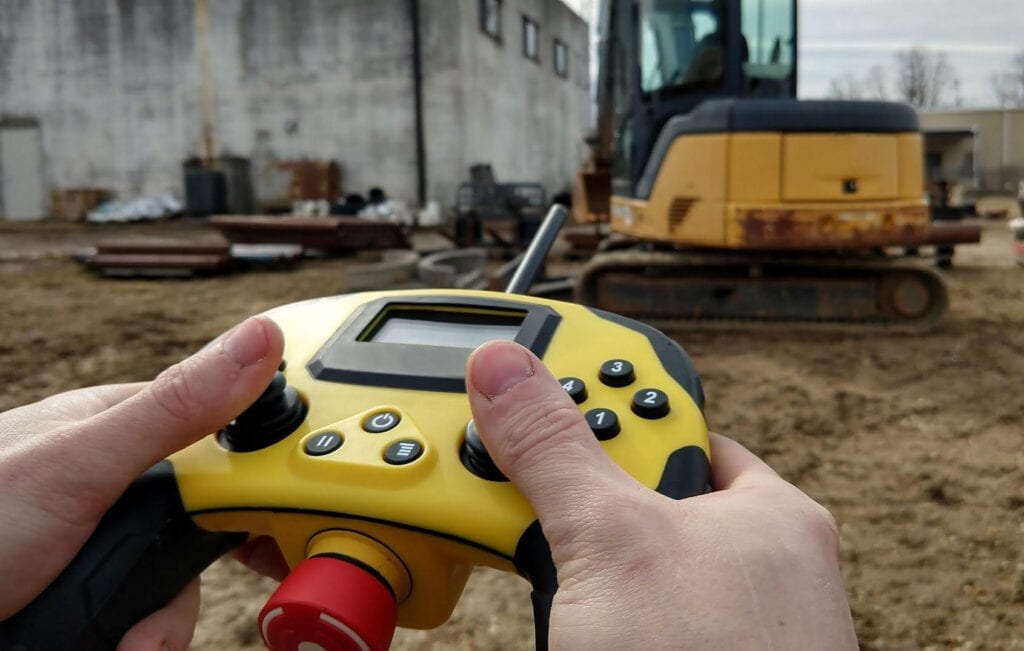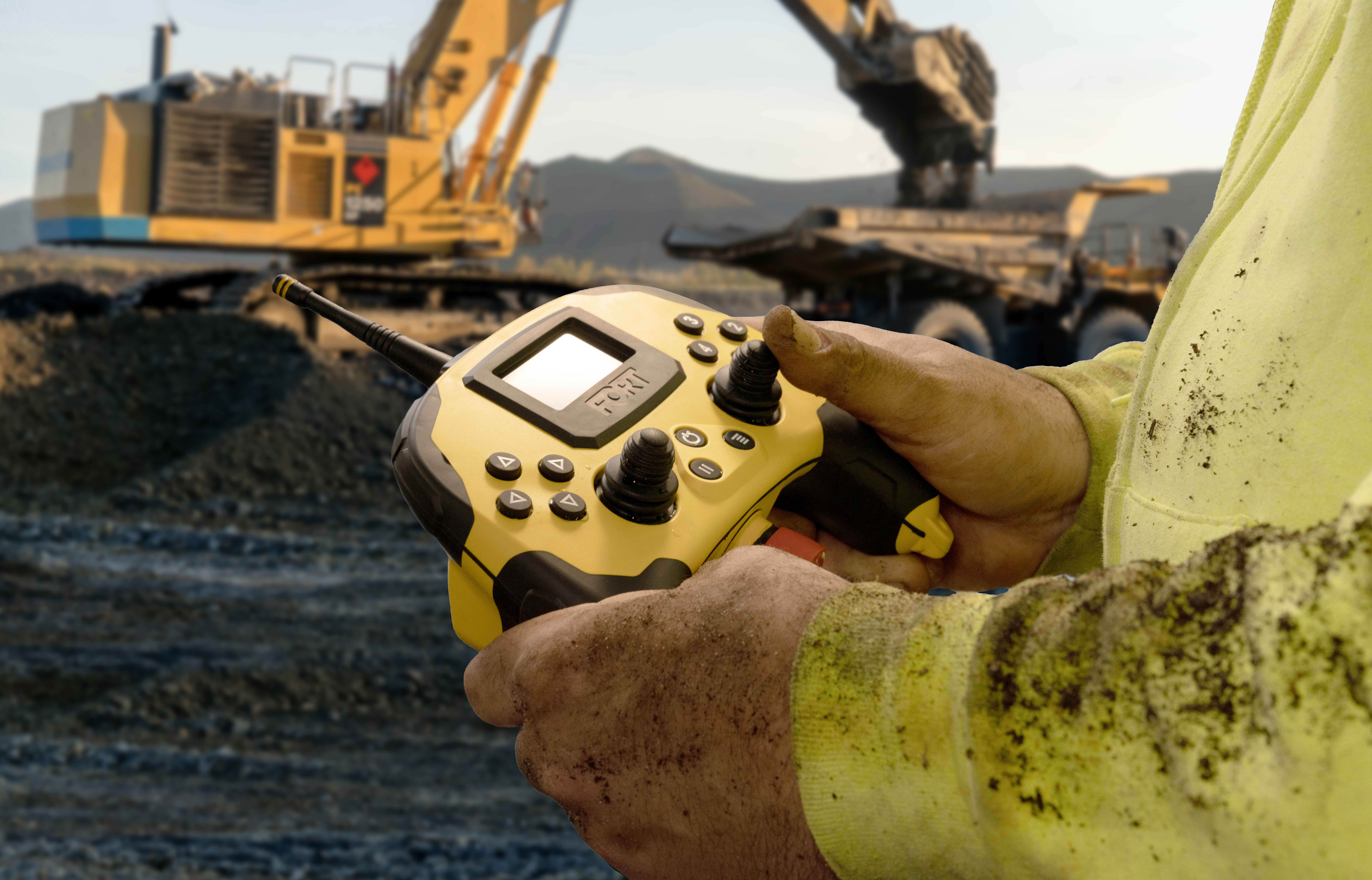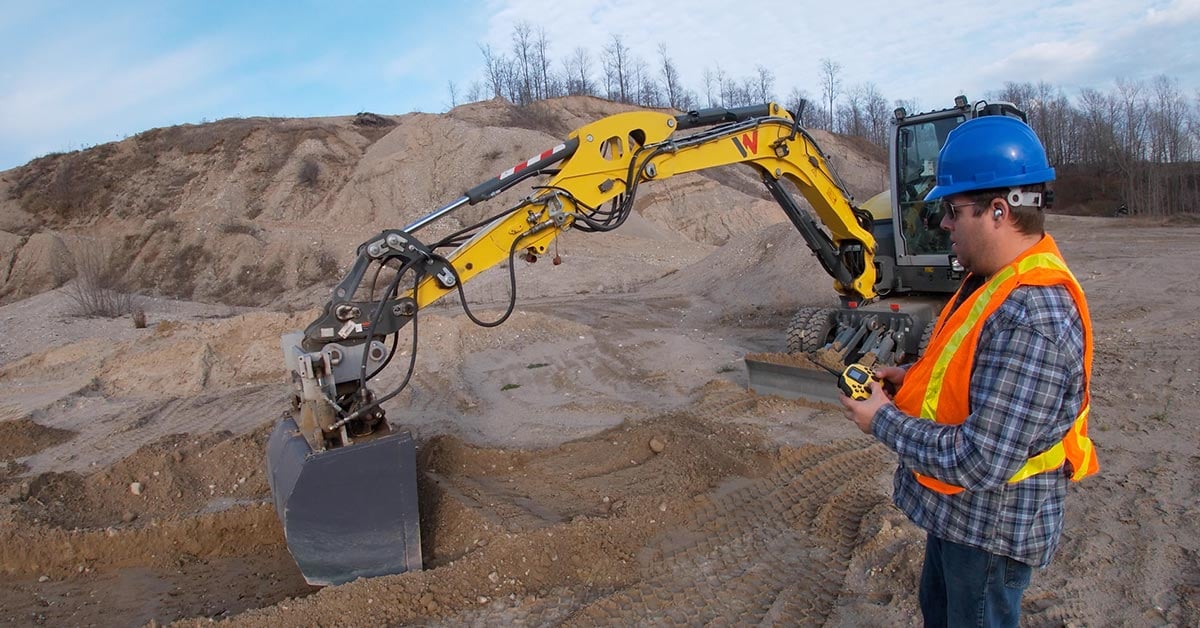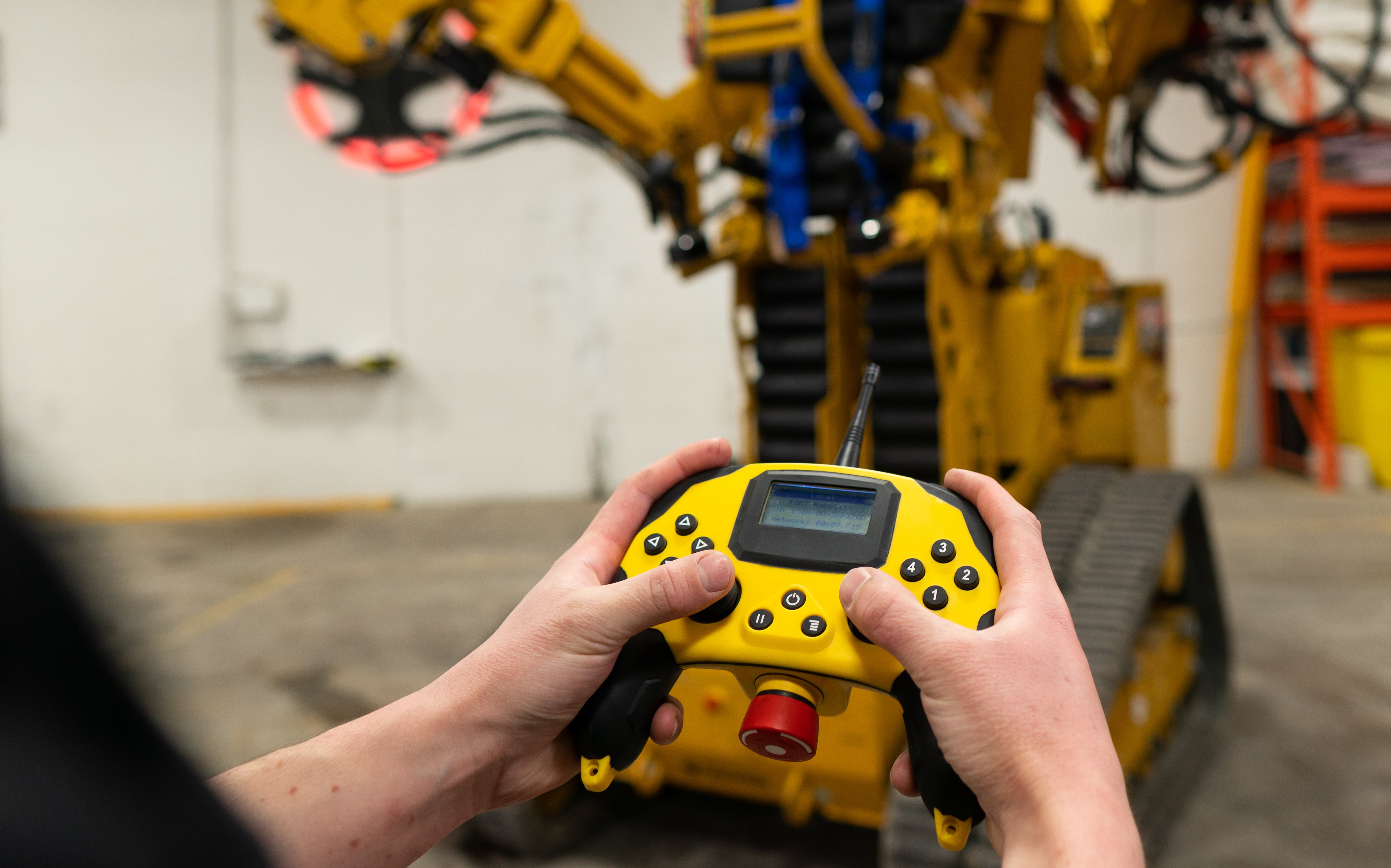
The impact of US and global labor shortages can be traced back to many factors in recent years: lack of skilled workers, COVID-related illnesses, as well as a shift in worker mentality. Employers have pushed for increased wages and benefits but are still challenged by the limit of available and willing workers. Now more than ever, companies are looking for ways to increase their product output while keeping their workers in charge and well-equipped. The construction and agricultural industries are looking into new solutions to revitalize their workforce and meet demands; one of these paths leads to automated machinery with a focus on safety and profitability.
The Impact of Labor Shortages on the Construction and Agriculture Markets
Construction companies are finding themselves severely understaffed with the skilled workers needed to run and complete their projects. Based on a report from Associated Builders and Contractors, on construction-related economic trends, the industry will need an increase of 650,000 workers in addition to the traditional hiring pattern used even pre-pandemic to stabilize their workforce. Labor shortages are ultimately impacting job profits by driving wages higher, increasing the time to complete projects, and reducing productivity at the job site.
Within the agriculture market, there has been a steady decline in available farm workers to address the growing demand for produce and fresh crops. According to an Ag Economy Barometer survey, nearly two thirds of American farmers found it difficult to hire enough workers last year. This low employment rate has many contributing factors including inefficient agriculture labor programs, heavy physical demand, changing immigration policies, and a declining interest in agriculture as a career path for graduates and trade workers. Even with higher wages offered, many operators are finding their fields understaffed and unsupported.
The good news is that there have been technological advancements enabling companies to consider autonomous heavy machinery to address labor shortages.
The Growing Autonomous Off-Highway Equipment Space
At CES 2022, John Deere announced that its first fully autonomous tractor was getting ready for full-scale production. Companies like AgXeed, Built Robotics, Caterpillar, and Bay Shore Systems are also using AI and technology to bring automation to off highway equipment. According to Frost and Sullivan, development of automation will move faster in the mining, construction, and agricultural markets because of the standardized and often-isolated operating environment combined with labor shortages and higher operating costs overall. In the same study, Frost and Sullivan noted that there were more than 40 companies currently operating autonomous equipment trials. This is great news for commercial farmers, general contractors, and mine site operators who are currently frustrated with decreased productivity and profits due to labor shortages and other factors.
Human Oversight of Autonomous Equipment
In an ideal world, autonomous equipment takes care of the three Ds - dull, dirty, and dangerous - so people can do more fulfilling, safer work. Even with automation, it is important for people to remain in control when needed. Why? Simply put, there are situations where a vehicle or machine will need to be positioned or repositioned with human assistance. For example, if there is an unintended obstruction in a field or on a construction site and the machine e-stops, or if a space is too tight to navigate or turn around. There are also instances where the equipment being used is taken to the site on a trailer and needs to be driven off the trailer to start its mission. All of these situations require some kind of safe remote control. Last, but most important, AI may not be perfect in unpredictable environments. In this case, an operator needs the ability to take control of heavy, dangerous off-highway equipment safely from a distance to avoid worksite injuries.
You may be asking yourself, “If I need a person to oversee the equipment, how am I addressing the labor shortage challenge?” On a traditional jobsite, one person (at a minimum) is required to operate each piece of heavy machinery. In many instances, a second person or spotter is also required. With autonomous machinery, one person can oversee a fleet of machines or vehicles, thus reducing the need for skilled workers. Autonomous machinery can also reduce operator fatigue and make worker shift transitions easier, reducing site downtime.
Adding Safe Remote Control to Autonomous Equipment
Safety is a critical factor in the development and deployment of autonomous off-highway equipment. FORT provides OEM machine builders with wireless safety options that allow for human control during day-to-day and emergency operations. With the ability to control multiple autonomous machines from one remote, less skilled labor is required on job sites. While adding a Safe Remote Control can help address the shortage of skilled laborers, it also provides additional wireless safety features that can help reduce your liability as your autonomous equipment is deployed.
While there is still more work to be done to reduce the labor shortage in the agriculture and construction markets, the advancement of autonomous technology means a more productive worksite is on the horizon. Autonomous off-highway equipment has the potential to relieve the burden on commercial farmers and contractors to fill critical gaps in the labor market, but only if it is designed and deployed safely. With the right remote control and safety solutions in place, users can leverage the strength of technology and the intelligence of their workers to manage autonomous machinery and maximize productivity.
To learn more about FORT’s Safe Remote Control and Safe Remote Control Pro, click here.


